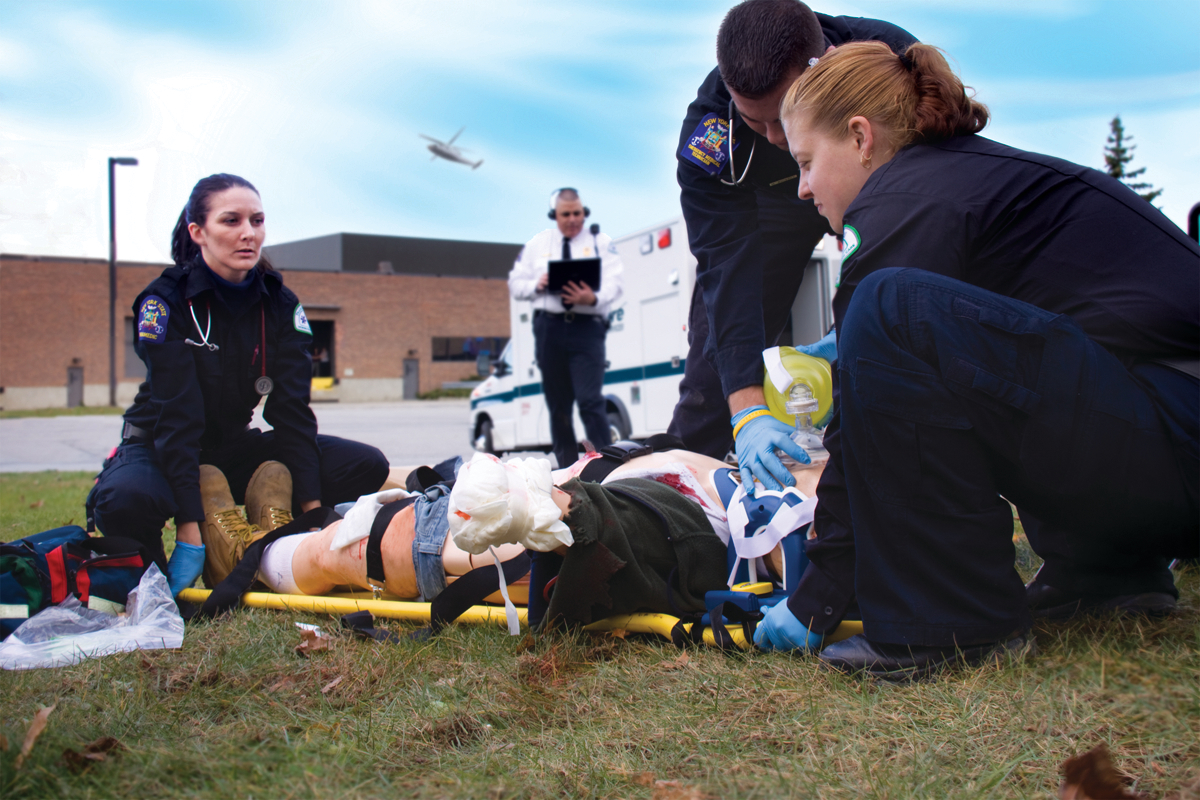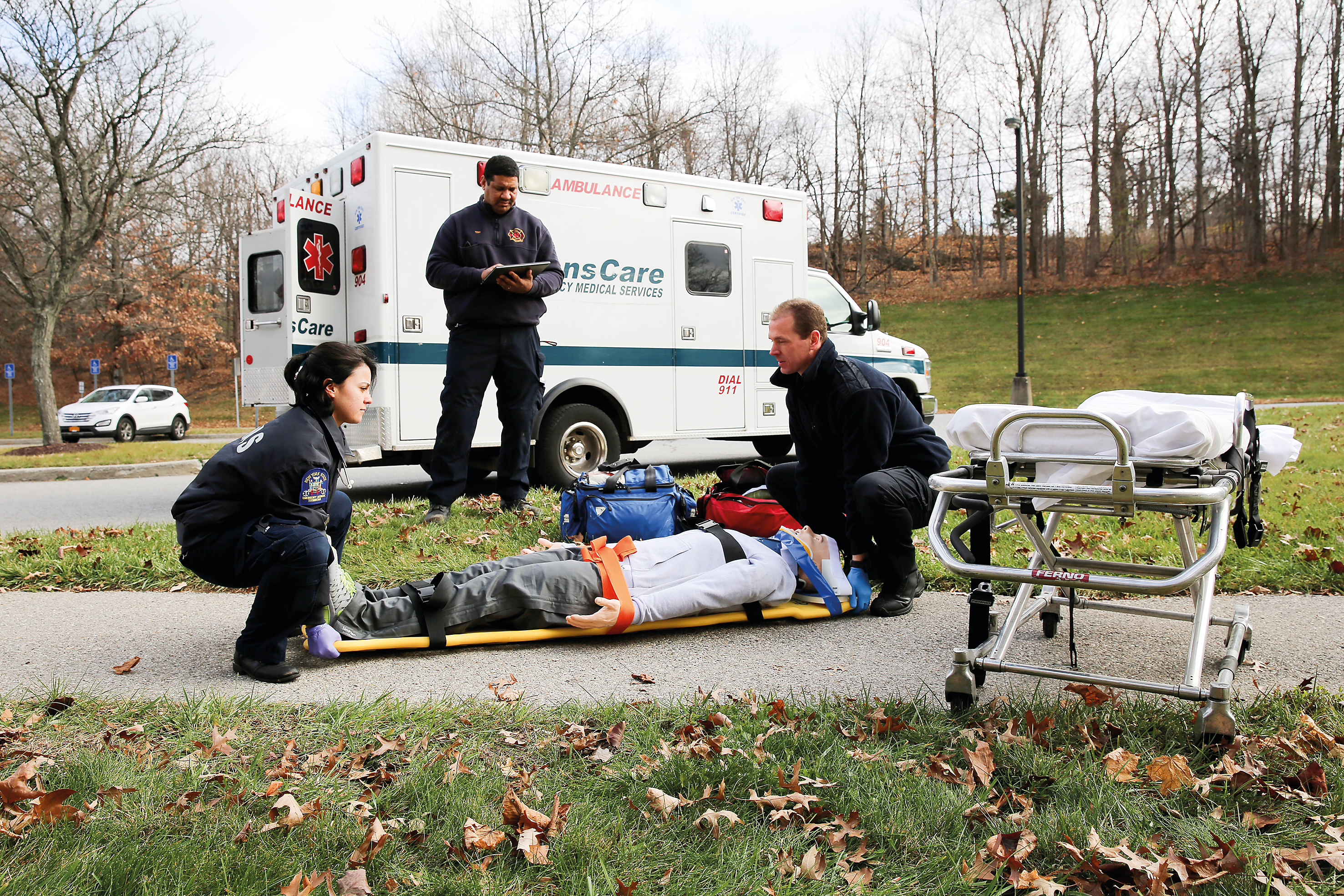
The success of Seattle and King County can be attributed to the following elements of high-performance CPR:
- Correct hand position
- Compression rate of 100-120 beats per minute
- Depth of compression of 2-2.4 inches (updated to meet American Heart Association 2015 guidelines)
- Full recoil on the upstroke
- 50:50 duty cycles
- Ventilations of one second each
- Minimal interruptions of CPR (no pause to exceed 10 seconds)
- Intubation and IV start without pausing chest compressions
- Hovering over chest during defibrillation.5
Each of these elements have been implemented system-wide and reinforced throughout the years.





